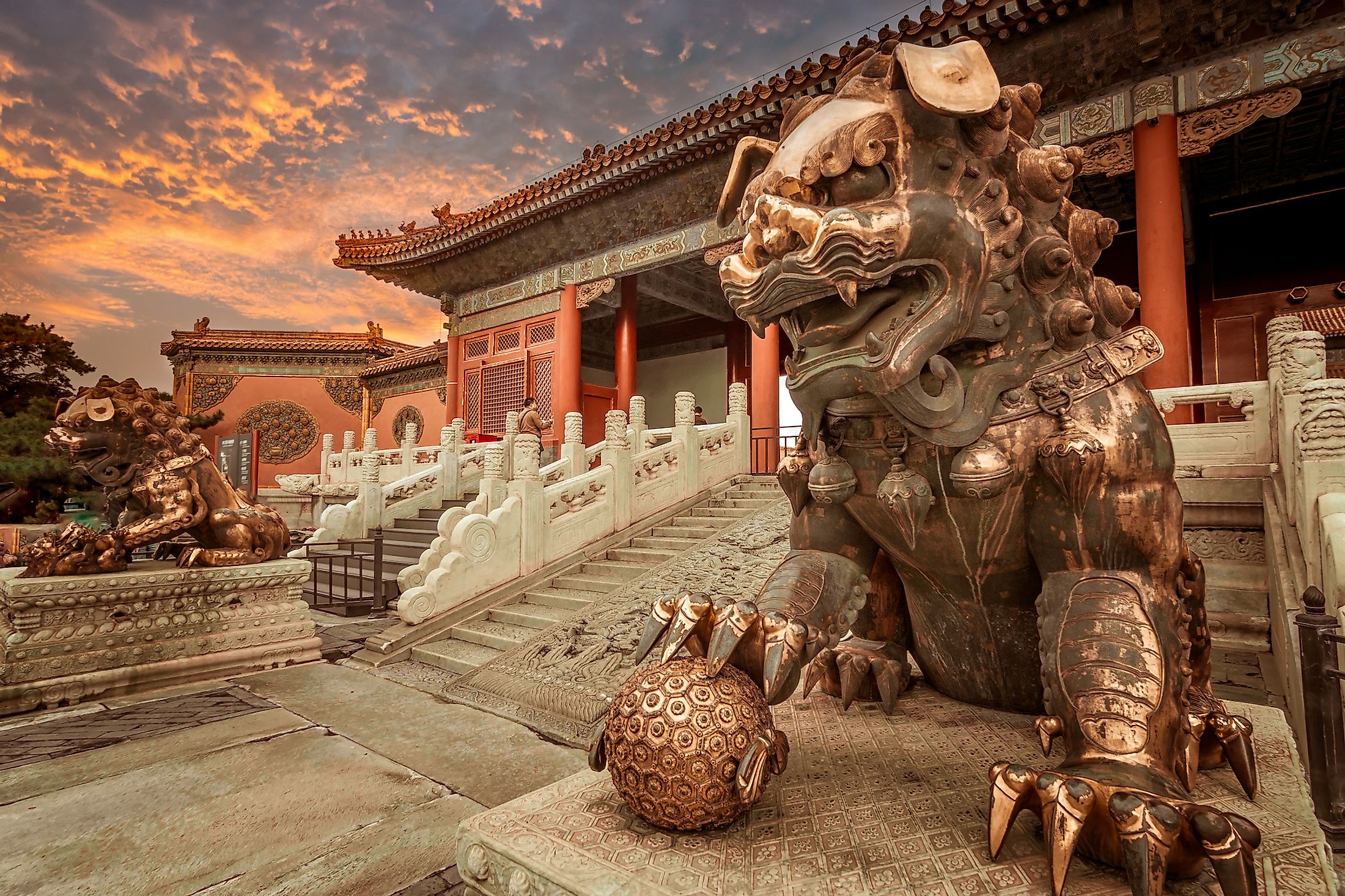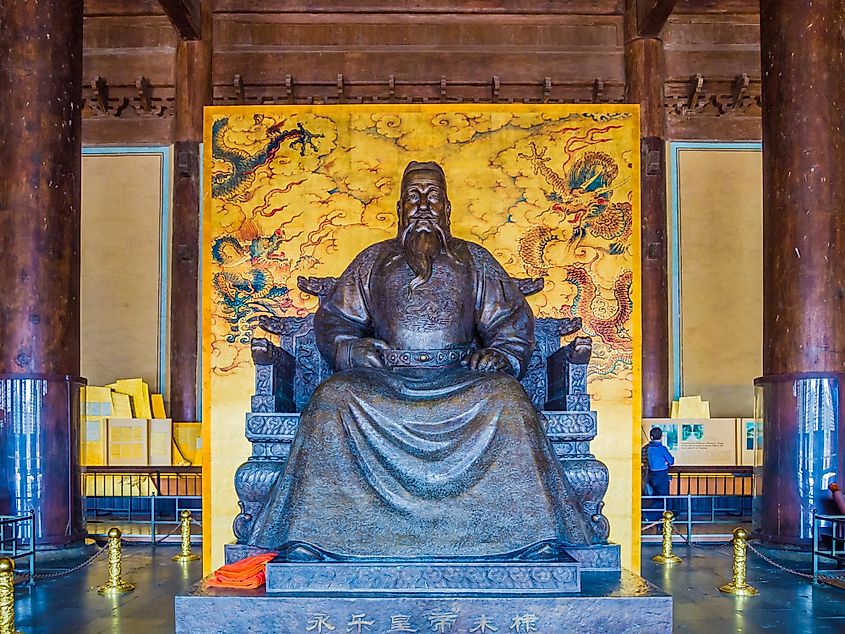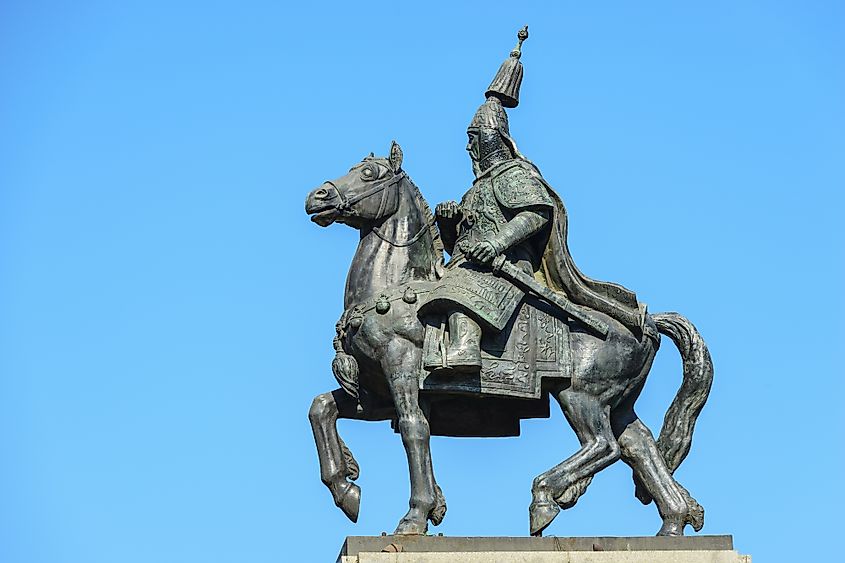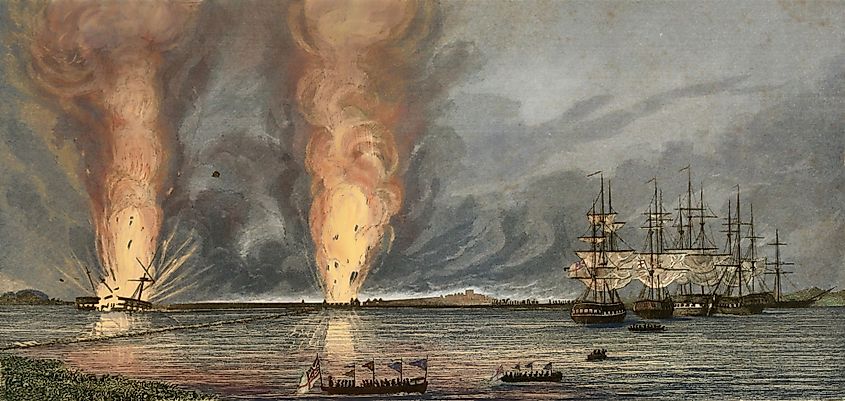
Qing Dynasty
The Qing Dynasty, also known as the Manchu Dynasty, was the last imperial dynasty to rule China. It began in 1644, when the Manchus invaded China, overthrew its Ming Dynasty, and installed their own dynasty. The Qing Dynasty would rule China for more than two and a half centuries. Its rulers presided over a significant expansion of Chinese territory and a long period of prosperity for the country. But in the 19th century, the Qing Dynasty began to decline. Conflicts with Western powers significantly weakened the dynasty, forcing it to make painful concessions. Internal strife also rattled the Qing rulers. By the 20th century, popular opposition to the Qing Dynasty boiled over until the dynasty itself was deposed in a revolution that ended dynastic rule in China forever.
Fall Of The Ming Dynasty And The Manchurian Conquest Of China

By the early 17th century, the Ming Dynasty, which preceded the Qing, was in decline, weakened by internal quarreling among civil officials, interference by eunuchs of the imperial palace, the burden of a growing population, and a series of weak and inattentive emperors. At this point, Manchuria, which bordered China to the northeast, and is now the northeastern region of the People’s Republic of China, took advantage of the Ming Dynasty’s weakness and began invading Chinese territory. In 1616, Manchurian forces occupied cities on China’s northeastern border.
When the Manchus began their incursions into China, a domestic rebellion against the Ming Dynasty broke out in the northern part of the country following a massive famine. Li Zicheng led the rebels. As the rebellion grew and seized more territory, Li set up his own independent government, issuing its own coinage. In 1644, he proclaimed himself the first emperor of the Da Shun (Great Shun) dynasty and advanced on Beijing, the Chinese capital. Li eventually took the city, but his conquest was short-lived. At this point, the Ming Dynasty called on the Manchus for aid. In response, the Manchus launched a full-scale invasion of China. They crushed Li Zicheng’s rebellion. Instead of allowing the Ming Dynasty to continue ruling, they established their own dynasty, the Qing Dynasty, which would rule China until the early 20th century.
Consolidation Of The Qing Dynasty
Shunzhi was the first emperor of the Qing Dynasty, ruling from 1644 to 1654. The dynasty maintained the governmental structure of the Ming Dynasty. It even employed former Ming officials. However, to ensure Manchu control over China, the Qing made sure that half of the government’s high-level officials were Manchus. The dynasty also gave Chinese military officials who surrendered to its rule the rank of nobility. The troops under the command of these military leaders were stationed throughout the country to prevent any local rebellions. Meanwhile, Manchu troops were stationed in the capital and a few other strategic locations.
Prosperity Under The Qing Dynasty
Emperor Kangxi

The most successful ruler of the Qing Dynasty was Kangxi, who ruled from 1654 to 1722, making him the longest-reigning emperor in Chinese history. Kangxi’s achievements included overseeing the creation of a new dictionary that is considered the best standardization of the Han (Chinese) language. The long-reigning emperor funded surveys of China that led to the making of the most extensive maps of the country at that time. Kangxi was also known for improving the efficiency of the Chinese government. He stifled corruption and government excess, significantly trimming his own staff and expenditures. Kangxi’s policies were also quite favorable to the masses. He lowered taxes and instituted policies that were favorable to farmers, including the end of land seizures. Under Kangxi, food in China was plentiful, and the country’s exports rose dramatically.
Kangxi also expanded China’s borders. He was successful at repelling invasions from Russia. In 1689, he brokered the Treaty of Nerchinsk, which brought a large area of Siberia under Chinese control. Kangxi also conquered Inner and Outer Mongolia, Tibet, Dzungaria, Turkistan (present-day northwest China), and Nepal. Thus, the Qing Dynasty was responsible for tripling the size of China in comparison to the territory under Chinese rule during the Ming Dynasty.
Prosperity Mixed With Censorship And Cultural Conservatism
After Kangxi died in 1722, China continued to prosper. Aside from the growing prosperity of Chinese commerce, the handicraft industries, painting, printmaking, and porcelain manufacturing also flourished. The 18th century also bore witness to the development of scientific methods of philology in China. However, the Qing Dynasty did not create a climate that was conducive to the growth of arts, culture, and literature. In fact, literature and the arts endured significant censorship under Qing rule. Books were routinely banned, and theaters were shut down. Chinese society, in general, became more rigidly conservative. Penalties for homosexuality were stiffened, as was the demand that women remain “pure,” which led to the mass refusal of men to accept previously widowed women as their wives. The result was a substantial increase in suicides of widows. Special homes were created for widows, where interaction with men was strictly limited.
There were, however, some notable cultural achievements under the Qing Dynasty. These included the work of painters such as the Four Masters of Anhui, the Eight Eccentrics of Yangzhou, and the Eight Masters of Nanjing. Literary works written during the Qing Dynasty period include Yuan Mei and Cao Xueqin’s novel Dream of the Red Chamber and other stories of romance and adventure. A musical style called jingxi, or Peking opera, also developed during the Qing Dynasty.
Decline And Fall Of The Qing Dynasty

Whereas the 18th century was largely a period of prosperity under the Qing Dynasty, the 19th century was one of decline. This decline began with the Opium Wars. The first Opium War pitted China against the British from 1839 to 1842. The second Opium War put China in conflict with both Britain and France. These wars ended in defeat for the Qing Dynasty, which was forced to agree to painful concessions. For example, after the first Opium War, China was forced to cede Hong Kong to the British. In addition, China faced increased cultural, religious, and economic encroachment by Western powers. Christian missionaries flooded the country, and ports were leased to foreign buyers.
The Qing Dynasty also faced internal dissent in the form of several rebellions, including the White Lotus Rebellion (1796-1804), the Eight Trigrams Uprising (1813), the Taiping Rebellion (1850-1864), the Nian Rebellion (1853-1868), and the Boxer Rebellion (1900). The Taiping Rebellion alone resulted in the death of 20 million Chinese. By the late 19th century, revolutionary groups began forming across China. Among them was the Revive China Society, which was formed in 1894 under the leadership of Sun Yat-sen. In 1905, Sun managed to unite his group with other revolutionary factions. Six years later, his Nationalist Party staged an uprising during which several provinces declared their independence from the Qing Dynasty. Within weeks, the Qing rulers were forced to accept the establishment of a republic. In 1912, the last Qing emperor, Puyi, also known as Xuantong, still a young boy, abdicated his throne. A military coup five years later attempted to restore the Qing Dynasty but ultimately failed. Thus, the last dynasty in Chinese history came to an end.











